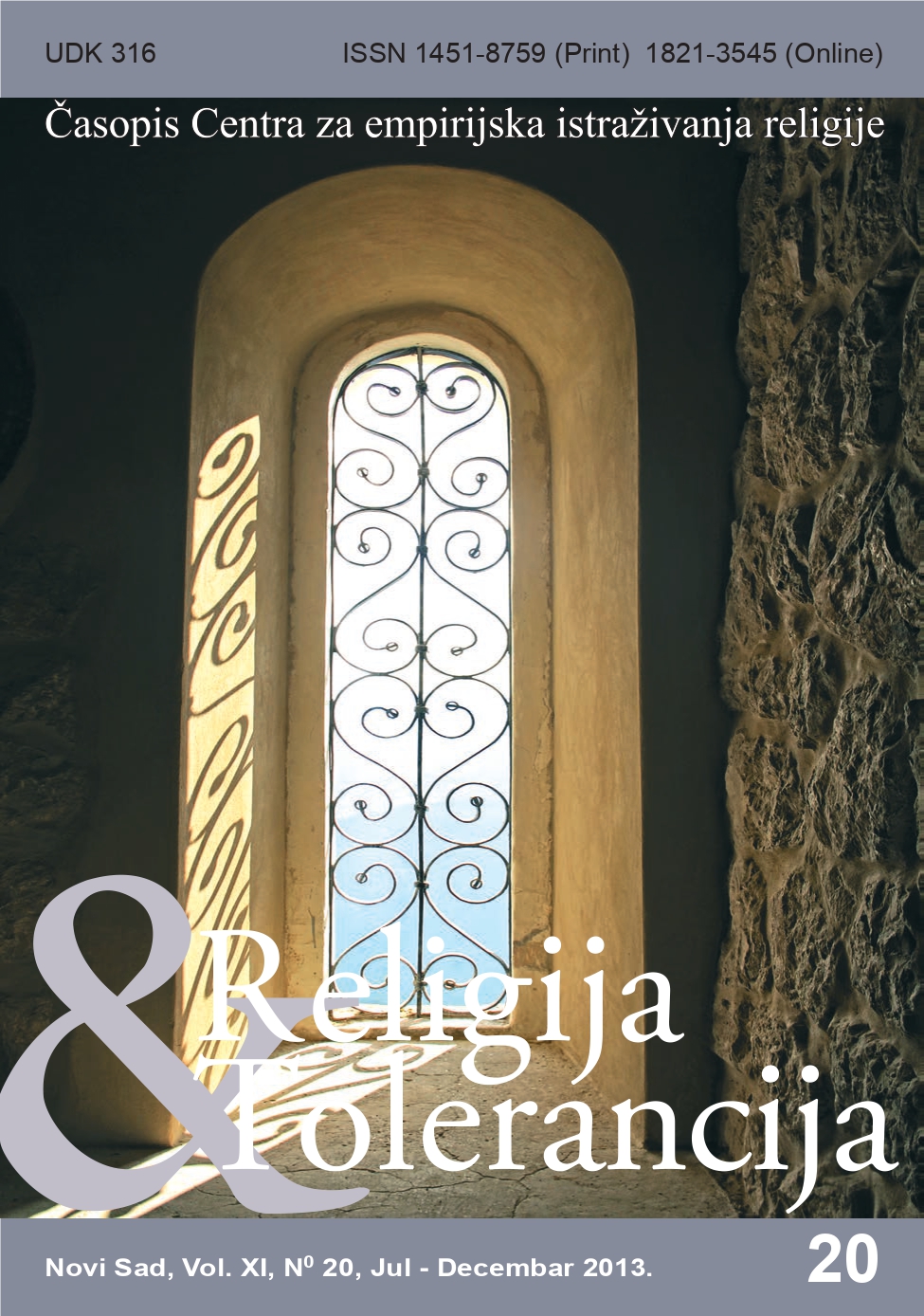ЛИЦЕ И НАЛИЧЈЕ МИЛАНСКОГ ЕДИКТА
BOTH SIDES OF THE EDICT OF MILAN
Author(s): Zvezdan RaičevićSubject(s): Christian Theology and Religion, History, Theology and Religion, History of Religion
Published by: Centar za empirijska istraživanja religije (CEIR)
Keywords: Edict of Milan; Christianity; Religious freedom; Dogmatic questions
Summary/Abstract: The Edict of Milan is law on freedom of observing the Christian faith and its equal status with other religions in the Roman Empire. It was proclaimed by emperors Constantine the Great and his coregent Licinius. This legislative act allowed Christians to observe their faith freely for the first time. It established also a dialogue and cooperation between church and state. The Roman Emperor Constantine the Great, who had been born in the roman city of Naissus, i.e. the present-day Niš, signed the decree, legislative act, which proclaimed the religious equality and the cessation of persecution of Christians, which had lasted for three hundred years. Hereby, neither did Christianity become immediately a state religion (that happened somewhat later), nor did it become privileged, but it was allowed to Christians to freely observe their faith and not to be sanctioned for it. The fourth century, therefore, opened a new chapter in the history of the Church – the martyrial church was replaced by the imperial church. Constantine elevated the Christian church to the level of a privileged religion, and many heathen influences undisturbedly came into the Church, like a flash flood when a dam breaks.
Journal: Religija i tolerancija
- Issue Year: 11/2013
- Issue No: 20
- Page Range: 331-345
- Page Count: 15
- Language: Serbian

